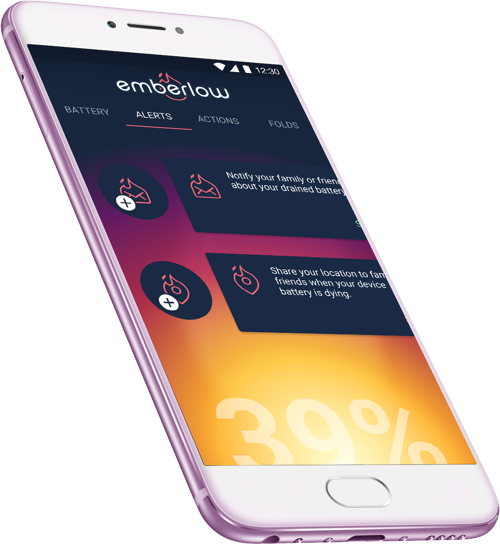Mobile App Knowledge
Operating systems and computer networks

Every computer has an operating system (OS), and networking capabilities are built into all modern operating systems. An OS includes software that manages the applications, functions, and hardware on a computer and provides the interface that humans use to interact with it.
Operating system software runs on laptops and desktops, smartphones, tablets, network routers, and other smart devices.
I. Types of operating systems
- Microsoft Windows
- Mac operating system
- Linux (UNIX-like OS)
- Apple iOS and Google Android for smartphones and tablets.
- Solaris, HP-UX, DG-UX and other Unix variants for server computers.
- DEC VMS (virtual memory system) for mainframes.
- Apple tvOS for Apple TV digital media players.
- Wear OS for Google smartwatches.
- Novell Netware was a popular operating system for Windows computers in the 1990s.
- IBM OS/2 was an early Windows OS that competed with Microsoft Windows for a time but had limited success in the consumer market.
- Multics was an innovative operating system created for mainframe computers in the 1960s. It influenced the development of Unix.
II. Network operating system
A modern operating system contains integrated software designed to simplify networking. Typical operating system software includes a TCP/IP implementation and related utility programs such as ping and traceroute, along with device drivers and other software to automatically enable Ethernet or wireless interfaces for device. Mobile device operating systems often provide programs to enable Wi-Fi, Bluetooth, and other wireless connections.

Early versions of Microsoft Windows did not provide support for computer networks. Microsoft added basic networking capabilities starting with Windows 95 and Windows for Workgroups.
Microsoft introduced Internet Connection Sharing (ICS) in Windows 98 Second Edition (Win98 SE) and Windows Homegroup for home networking in Windows 7. Contrast that with Unix, which was designed from the ground up for networking.

Today, network support is the norm rather than the exception. Most modern operating systems qualify as network operating systems because they allow internet access and support home networking.
III. Embedded operating system
- Cisco IOS (Network Operating System)
- DD-WRT
- Juniper Junos
Best regards!






















